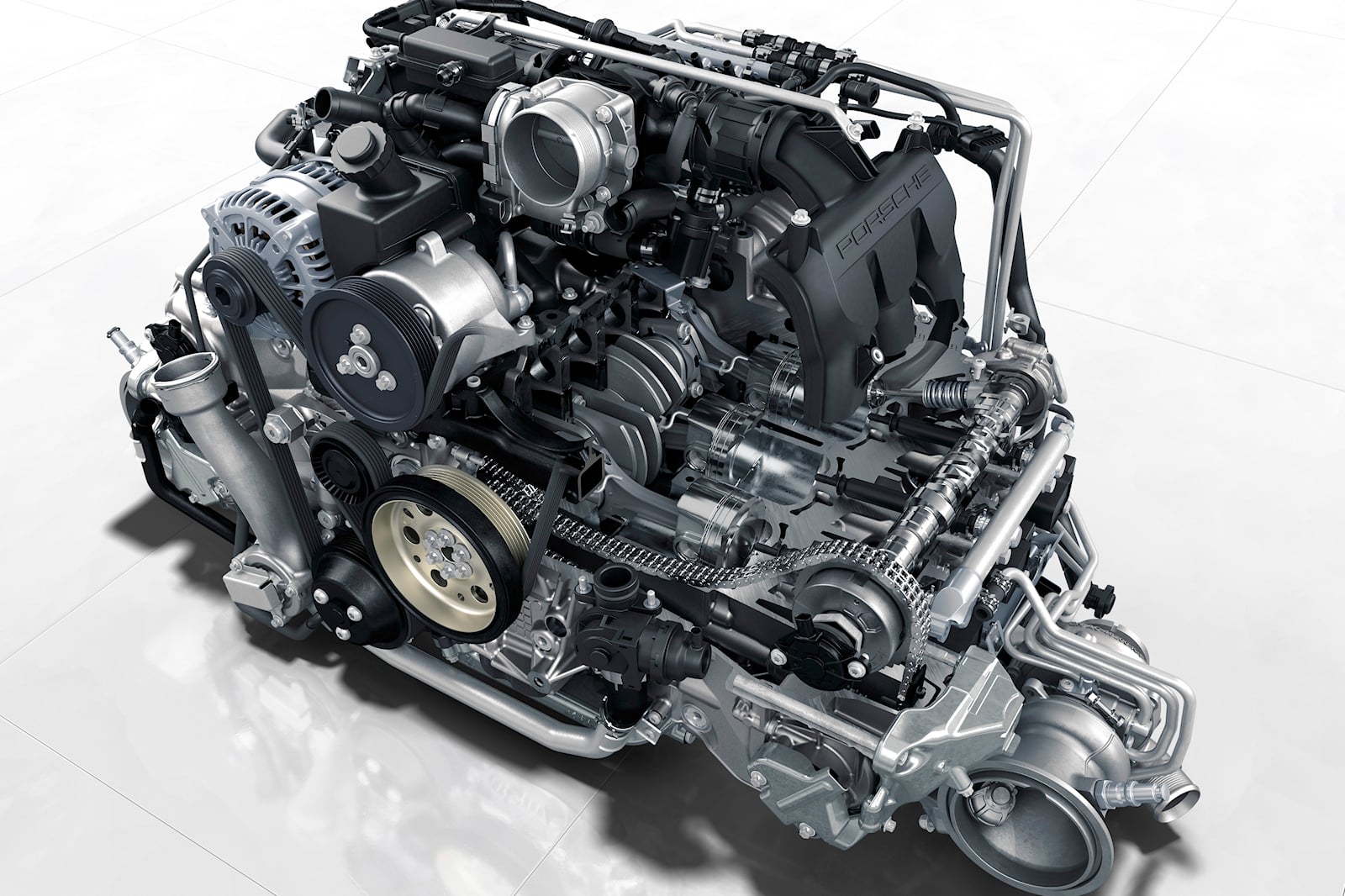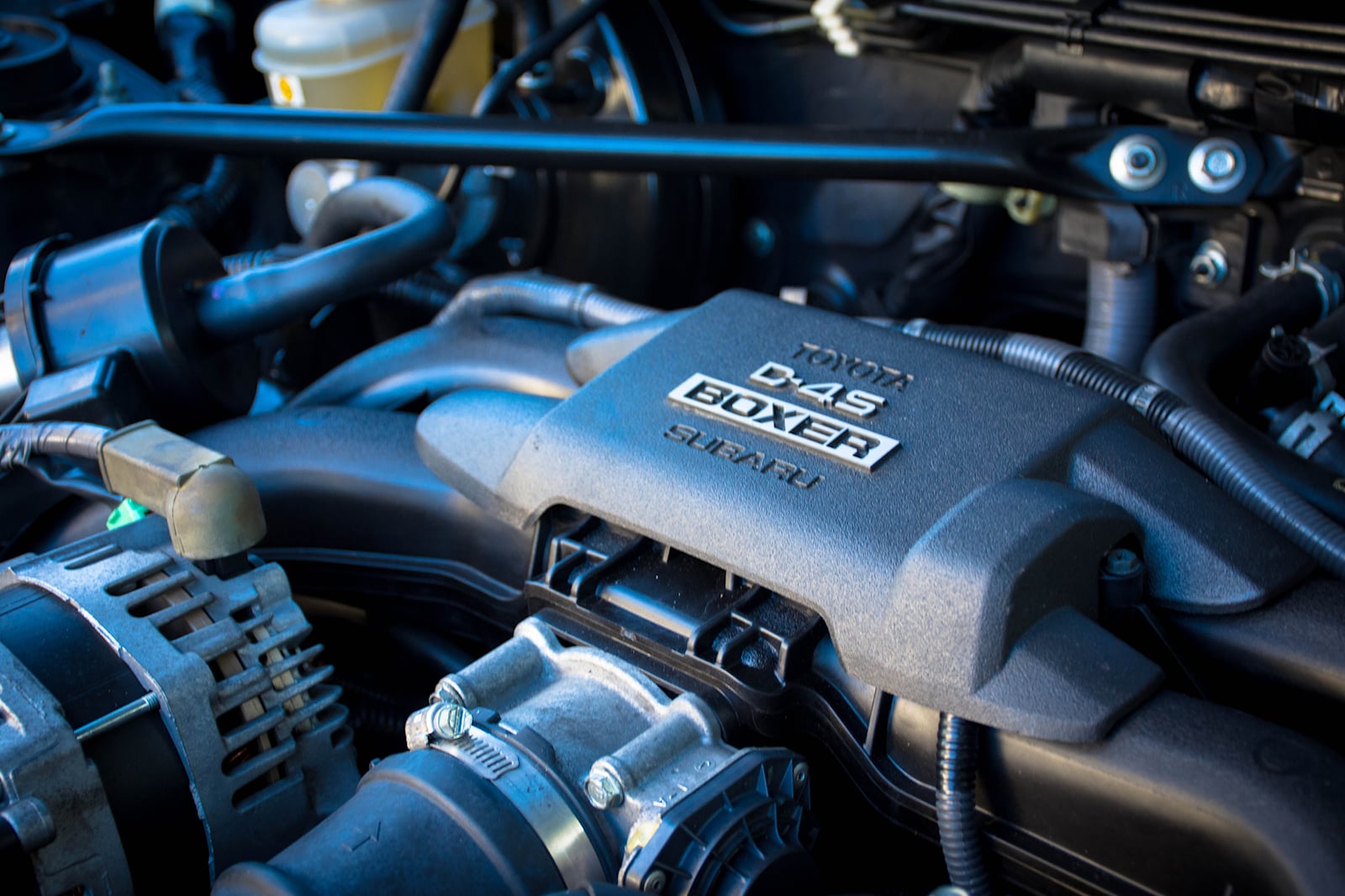Is the 'flat engine' too good, or just too good to be true?
Any way you look at it, an internal combustion engine is one big air pump that works on an established set of principles, but there are a few ways of achieving the same result, with the boxer engine being one of the more interesting. There are numerous engine formats around, including favorites such as the inline and V, but there are also a few outliers, such as the pistonless rotary engine and the flat or boxer motor. Here we will take a look at what makes the flat engine so good and bad, and we'll also list a few of our favorite boxer-powered cars, so hold onto your vape pens!
Horizontally opposed boxer engines are best known for featuring in Porsche and Subaru cars, but how exactly do they work, and what makes the boxer configuration so unique? Flat-type engines, whether it's a flat-six engine or a flat-four, all feature opposing cylinders on each side of a central rotating crankshaft at a 180-degree angle. This setup is also known as a 180-degree V engine. This means that opposing cylinders move in and out at the same time. Imagine two boxers throwing a bunch of jabs and straights at each other. Get the idea now? Boxer engines are beautifully balanced engines and therefore don't require any counterweights on the crankshaft or balance shafts. Boxer engines with fewer than six cylinders feature a rocking couple (to create rotation without accelerating the engine's center mass). This kind of engine has been successfully used in aircraft since its inception and is also popular in motorcycles.
As with any other engine layout, horizontally opposed piston engines have certain advantages and disadvantages. From their low center of mass to occasional complexity, these opposed engines bring a lot to the table but are still seen as more of an enthusiast's choice.
There are all types of boxer-powered vehicles running around, from exotic supercars to humble family station wagons. As boxer engine technology has developed, innovations in the field have allowed companies to build some of the best-rated performance engines ever seen. Here are some of the best cars with boxer engines.
New horizontal-engined cars will be just as reliable as their counterparts, but a maintenance plan would be a good idea. Older boxer engines require more engine oil and attention, so if you're not mechanically skilled, and don't have the budget for big bills, then we'd suggest avoiding these engines.
Boxer engines will naturally be more expensive to maintain due to using more parts and being slightly more complicated to work on. Simple tasks such as removing spark plugs can be a significant ordeal in a boxer-engined car.
Modern boxer engines are relatively fuel-efficient but can't match the numbers of traditional inline motors. Boxer engines are mainly focused on performance.
 Porsche
Porsche
 Porsche
Porsche
 Porsche
Porsche
 Subaru
Subaru